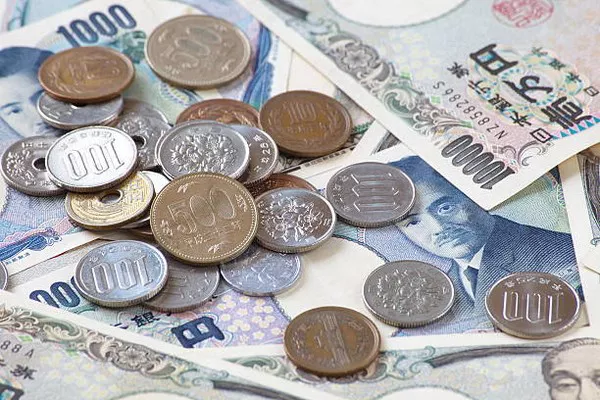The Japanese yen has experienced its most volatile trading week of 2025 as Japan’s Ministry of Finance confirmed it conducted unilateral currency intervention to stem the yen’s rapid depreciation. Official data released on May 15 showed Japan spent approximately ¥9.8 trillion (about $62 billion at current exchange rates) in two separate operations on May 7 and May 10, marking the largest such intervention since 2022. The move came after the USD/JPY pair surged to a 34-year high of 161.95, crossing what many analysts believe was Tokyo’s pain threshold. While the intervention succeeded in temporarily pushing the dollar back below 155 yen, the currency has since rebounded to the 158-159 range as fundamental drivers reassert themselves.
The Finance Ministry’s rare confirmation of intervention reflects the growing political urgency surrounding the yen’s weakness. Prime Minister Fumio Kishida, facing plummeting approval ratings ahead of potential snap elections, has come under increasing pressure to address the cost-of-living crisis exacerbated by the weak currency. “The government will take appropriate action against excessive volatility that does not reflect economic fundamentals,” Finance Minister Shunichi Suzuki stated at a press conference, using language that suggests further intervention remains on the table. However, market participants remain skeptical about the long-term efficacy of such measures, noting that Japan’s $1.3 trillion in foreign reserves, while substantial, could be quickly depleted if used to counter sustained market momentum.
Underlying the yen’s weakness is Japan’s stark monetary policy divergence with the United States. While the Federal Reserve has kept U.S. interest rates at 5.25-5.50%, the BOJ’s policy rate remains negative at -0.1%, creating one of the widest interest differentials among major economies. This gap has fueled an ongoing carry trade where investors borrow in yen to invest in higher-yielding assets elsewhere, creating persistent selling pressure on Japan’s currency. Recent data from the U.S. Commodity Futures Trading Commission (CFTC) shows leveraged funds’ net short yen positions at their highest level since 2007, suggesting speculative forces are amplifying the downward momentum.
The intervention has sparked intense debate among policymakers and economists about its broader implications. Some argue that Japan’s actions could mark the beginning of a new era of currency wars, particularly as other export-oriented economies face similar pressures from a strong U.S. dollar. South Korea’s finance minister has already hinted at possible coordinated action, while European Central Bank officials have expressed concern about the euro’s recent weakness. Others contend that without addressing the root cause – the BOJ’s ultra-loose policy – any intervention effects will prove temporary. You can’t fight the Fed with BOJ policy settings where they are,” noted Goldman Sachs currency strategist Karen Reichgott in a research note.
Domestically, the weak yen continues to create stark winners and losers within Japan’s economy. Major exporters like Toyota and Sony have reported record overseas earnings when converted back to yen, with Toyota revising its full-year profit forecast upward by 12%. Conversely, retailers and consumer-facing businesses are struggling with input costs, with convenience store chain Lawson announcing plans to raise prices on about 20% of its products starting in June. The tourism sector presents another paradox – while visitor numbers hit a new monthly record of 3.1 million in April thanks to the weak yen making Japan more affordable, many local businesses report that tourists are actually spending less per capita as budget-conscious travelers dominate the mix.
As the dust settles from the intervention, market participants are closely watching several key indicators that could influence the yen’s next move. Japan’s Q1 GDP data, due May 20, is expected to show modest growth of 0.3% quarter-on-quarter, but any surprise contraction could renew downward pressure on the currency. Meanwhile, U.S. inflation data later in the month will be critical for Fed policy expectations – a hotter-than-expected print could reignite dollar strength across the board. Perhaps most importantly, investors will scrutinize any changes in the BOJ’s bond purchase operations for hints of stealth tightening, as Governor Ueda faces increasing pressure to at least signal a eventual exit from ultra-loose policies without triggering market turmoil. For now, the yen remains caught between domestic policy constraints and global financial currents, with its outlook as uncertain as at any time in recent memory.
You Might Be Interested In:


